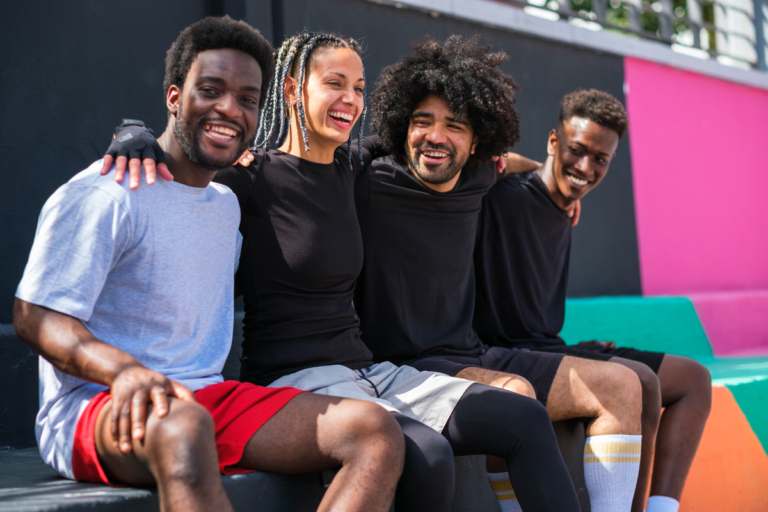In basic economic terms, most things rise in price or value from year to year. Consumer prices, wages, and manufacturing costs all follow inflationary trends and typically move upward over time.
The same is true—and even more extreme—in the world of college sports under NIL (Name, Image and Likeness). In fact, the rate of growth in NIL earnings has far outpaced traditional economic indicators.
When NIL launched in 2021, estimated player earnings totaled $393 million. After rapid increases in 2022 and 2023, that figure surged to $1 billion in 2024. In 2025, it has nearly doubled again, reaching an estimated $1.9 billion.
A major reason for this jump is the House v. NCAA settlement and the establishment of a new revenue-sharing modelthat allows schools to pay athletes directly. Under this model, Power Five athletic departments can now share 22% of their average revenue with players, capped at $20.5 million per school.
In football alone, athletes at Power Four schools now receive 13.1% of their program’s football revenue. Group of Six schools sit at a similar percentage, also around 13.1%.
Market Maturation and Behavioral Shifts
Another force behind the NIL boom is normalization. In the early days of NIL, everything felt experimental—athletes, businesses, and schools were still figuring out how NIL worked. Deals were smaller, less structured, and more cautious.
In 2025, the industry has matured.
- Athletes better understand how to maximize their value.
- Businesses have built NIL into their marketing budgets.
- Schools now actively solicit donor support not just for scholarships or facilities, but also for opt-in revenue pools and direct athlete payments.
Digital Influence and Evolving Earning Models
It’s now routine for athletes to sign deals with local restaurants and national brands alike. They earn through autograph sessions, camp appearances, and community events. In a digital-first world, social media has become a crucial NIL engine, and savvy athletes have leaned into content creation to raise their market value.
Still, the NIL landscape isn’t perfectly balanced. High-profile stories about quarterbacks or basketball stars landing six-figure or seven-figure contracts dominate headlines—but they are far from typical. Only 0.3% of college athletes earn over $1 million.
The average NIL deal remains under $1,000, yet these opportunities are still meaningful for most athletes who previously had zero earning power before NIL arrived in 2021.
There is one notable downward trend: NIL collectives. These third-party organizations, independent of universities, once served as a primary source of athlete compensation. But with new 2025 rules, schools have shifted funding toward revenue-sharing obligations and scholarship commitments, leading to a significant decline in collective funding.
However, collectives are not disappearing. They remain essential because they can offer deals that go beyond revenue-sharing limits, providing additional earning opportunities that schools themselves cannot match.
Looking forward, NIL earnings show no signs of slowing down. Current projections estimate the total NIL market will reach $2.4 billion in 2026, followed by $2.6 billion in 2027—a continuation of the upward trajectory that has reshaped college sports.






Leave a Comment